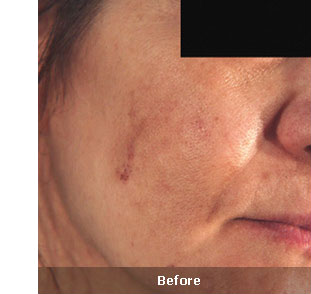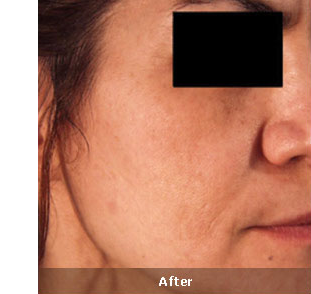Acne
|
Acne is a very common skin disorder affecting almost 80% of the population, and, contrary to popular belief, it’s not caused by what you eat or how often you wash your face, but rather a combination of factors at work underneath the surface of the skin. The Causes of AcneJust underneath the surface of the skin there are glands (called sebaceous glands that surround the fine hairs on your face) that produce natural oils, known as sebum. Sebum keeps the skin pliable and healthy, but when an over-production occurs, the openings – called ‘pores’ – to the sebaceous glands narrow and they eventually become blocked by trapped oil and dead skin cells. In these conditions, the germ acne bacillus thrives, causing infected spots and inflammation For some, this will lead to a few blackheads and spots, but others may find that they suffer a more severe inflammation with the face, arms, back, neck and chest affected. In the vast majority of cases, the diagnosis is clear, although occasionally other skin conditions such as rosacea may be mistaken for acne so it’s worth getting a second opinion if you’re unsure. HormonesDuring puberty, the production of male sex hormones (called androgens) increases in both girls and boys, which can stimulate the sebaceous glands to produce more sebum. For some, mostly men in this case, the sebaceous glands become extremely sensitive to androgens and this can, on occasion, lead to quite severe cases of acne. Some women find that hormonal changes cause acne to flare up just prior to menstrual periods or pregnancy. Additionally, research has also suggested that the over-production of sebum can be hereditary. What Can I Do?Unfortunately, acne does not always disappear of its own accord. Although many people grow out of it in their late teens and early twenties, others do not – indeed some people continue to suffer from acne in their twenties right through to their fifties.
If you’ve used over-the-counter medication and you’ve found after a period of time, say six weeks, that it’s not proving to be very effective, go and see your GP. There are a wide number of treatments available, ranging from antibiotics to ultra-violet light, and if your doctor thinks the condition is severe, he or she will refer you to a skin specialist, called a dermatologist – from the Greek ‘derma’, meaning skin. The overall aim is to unplug the blocked pores, kill any germs and reduce inflammation. Seeing a dermatologist is not a quick fix. It will usually take up to two months for any improvement to be visible and it may be three to six months before the acne is managed effectively. The commonest reason for a treatment to fail is because people give up too early. It takes time for the inflammation to reduce and for the new skin cells to grow. Once you have received appropriate medical help it is a good idea to go to a beauty therapist who specialises in skin conditions. He or she will be able to advise you on how to keep the skin clean and if needed, offer suitable products and treatments. A vitamin facial is a highly effective treatment for acne. At Skin Deep, we use products from the Environ skincare range that are 100% natural and highly effective. The products use high concentrations of absorbable fresh vitamins A, C, E and beta-carotene to replenish essential nutrients and increase collagen and elastin production. It reduces pigmentation and fine lines and repairs and protects against photo-damage, acne and scarred skin. It may not be a life threatening condition but it can become an obsession, and remember, no one dies of acne.However, we all know how miserable we can feel when our looks seem to let us down, so if you do have acne, and it bothers you, then now is the time to sort it out. |
  |



